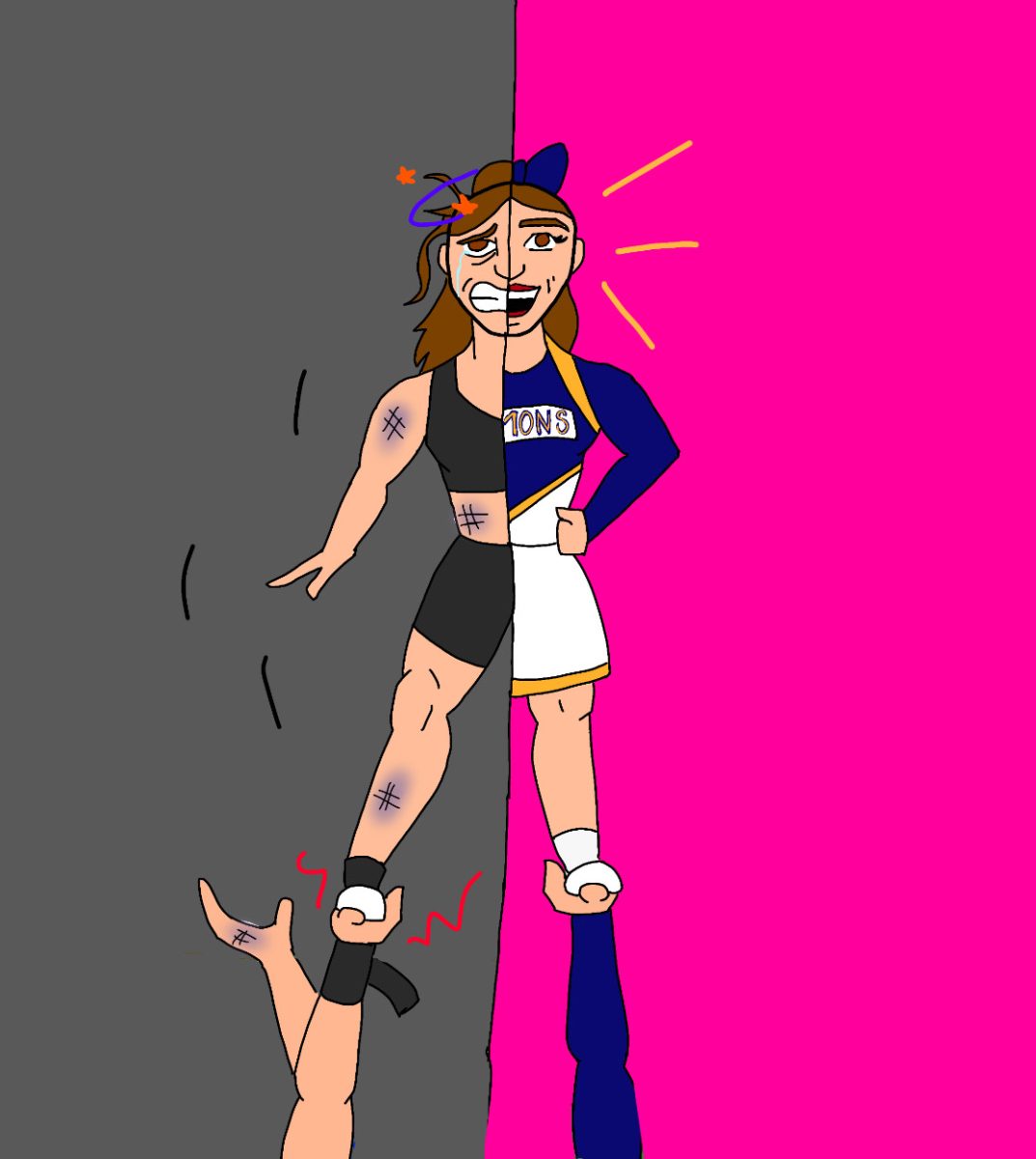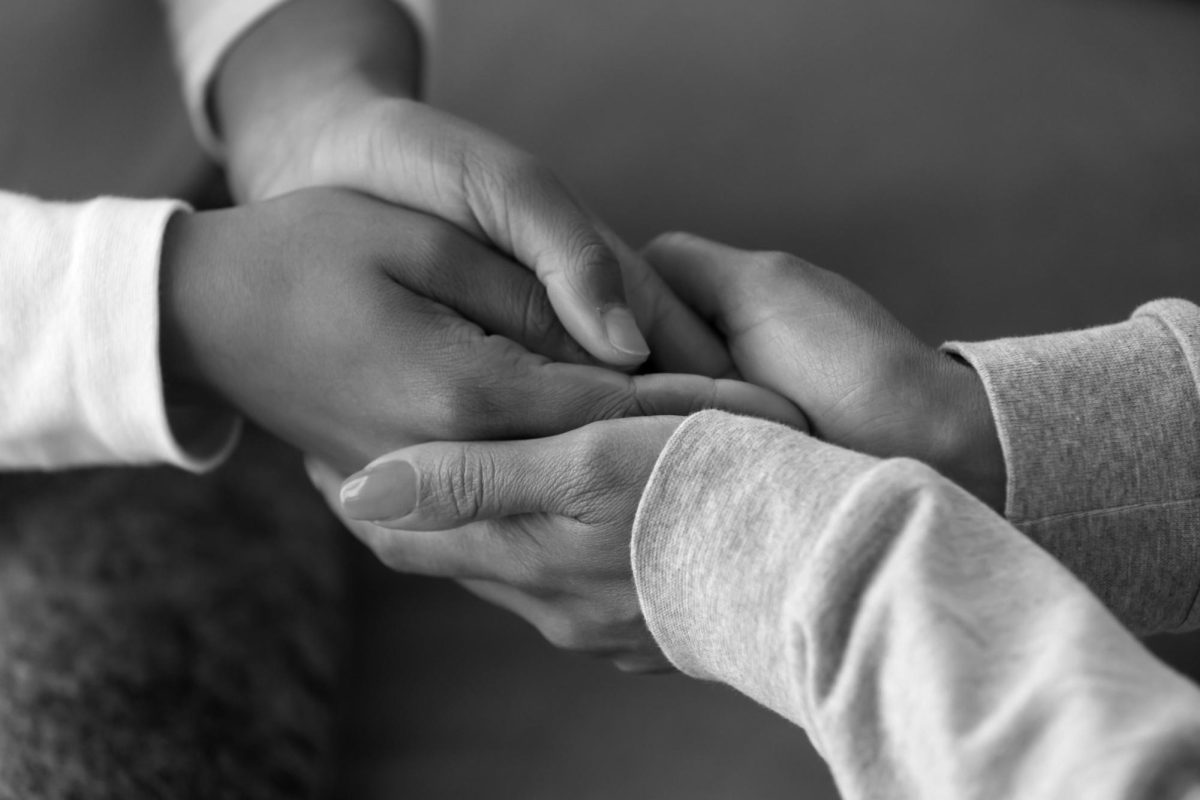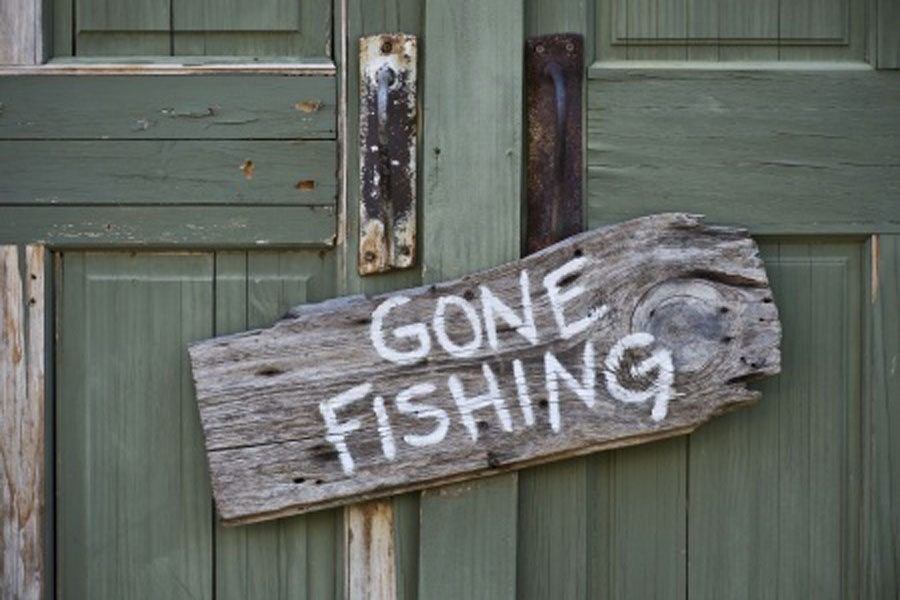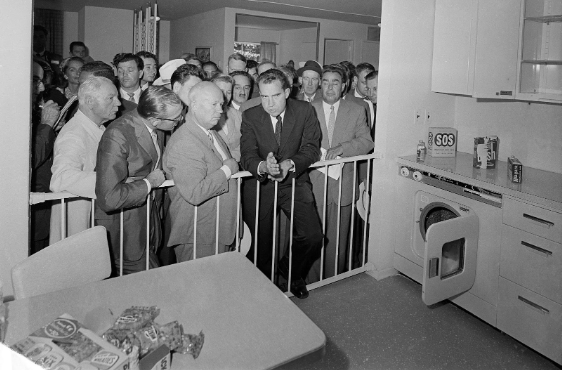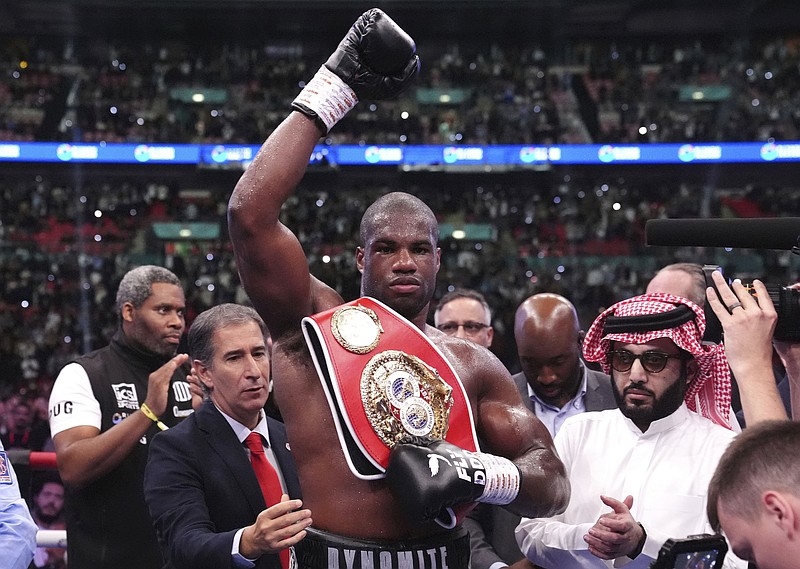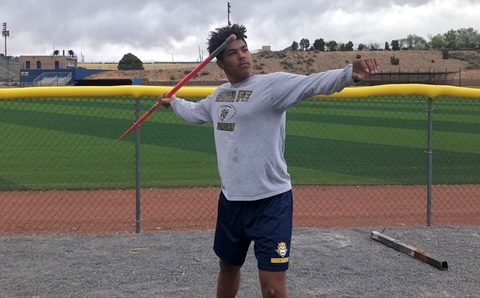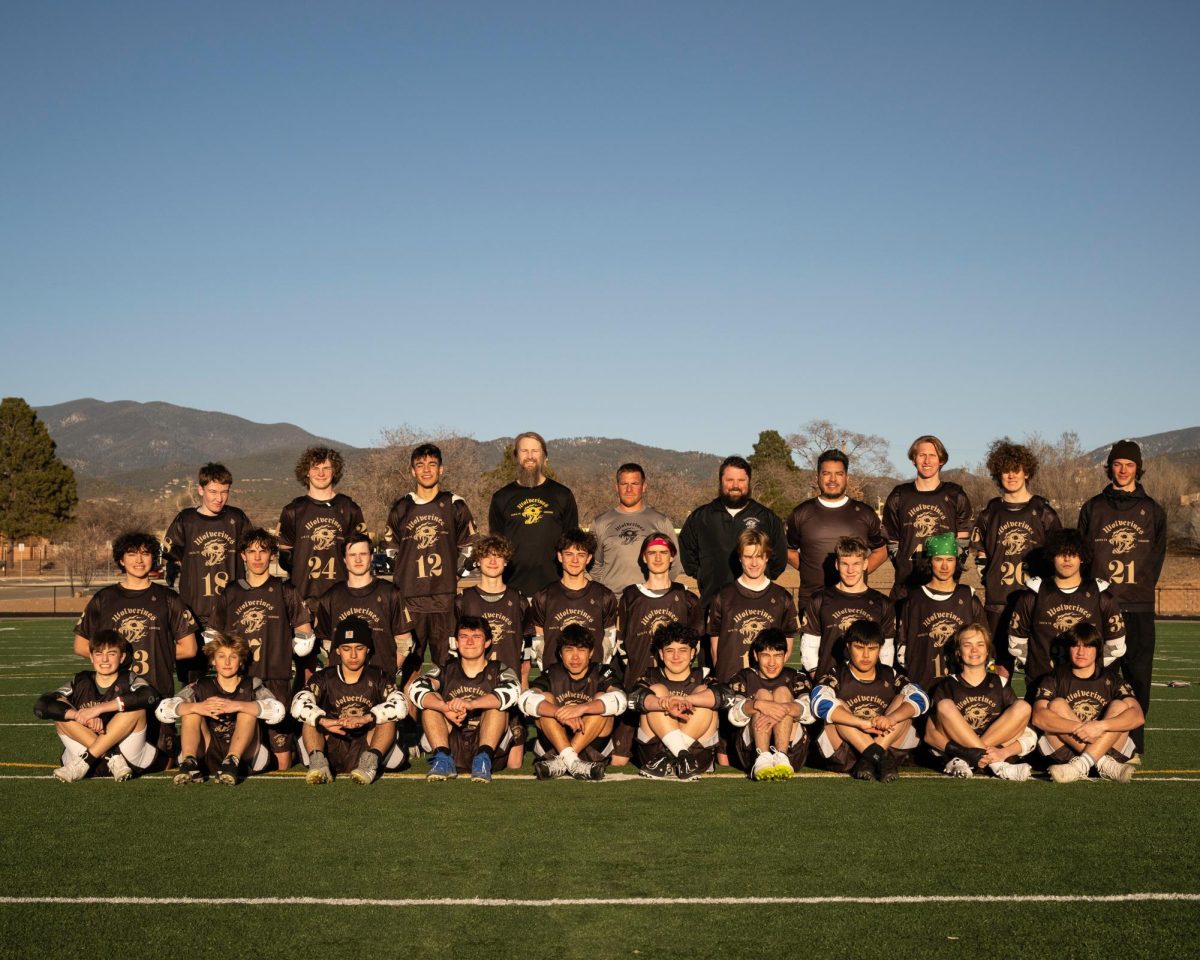Cheerleaders are girls who just dance around in skirts and yell “Go team!” at sports events, right?
This generalization is absolutely wrong and entirely outdated. The days of dancing around in a skirt and bow are over. Cheerleading has changed so much since it was invented in the 1860’s, and yet, many people refuse to change their opinions about the evolving sport.
Many still argue that cheerleading is not a sport. The Oxford Dictionary defines a sport as, “an activity involving physical exertion and skill in which an individual or team competes against another or others for entertainment.” By any definition, cheerleading qualifies as a sport.
Not only is cheer a sport, but it’s a dangerous one. Before a competition, each cheerleader has to sign a liability contract. One of these contracts states, “I understand that the dangers and risks of practicing/participating may include but are not limited to: death, serious neck injury, serious spinal cord injury which may result in complete or partial paralysis, brain damage or serious injury to virtually all internal organs.”
Cheerleaders work as hard as any other athlete for their sport, and not being recognized or appreciated as athletes is upsetting.
“Cheer has evolved, now requiring increased strength and athleticism,” says Santa Fe High cheerleader Ariel Cassel. “At Santa Fe High, we practice year-round, with intense conditioning, and participate in high-level competitions, which showcase cheer as a sport like any other.” Ariel went on to say, “I recommend trying it before forming an opinion on whether it qualifies as a sport. Cheer, without a doubt, is a sport.”
Cheerleaders are also held to high standards and must fulfill certain requirements to be successful.
To start off, a cheerleader has to be loud. Being loud is a critical point during competition. This causes some voices to give out, so cheerleaders do things to help keep their voices smooth and ready, like drinking hot tea and coffee and taking cough drops regularly.
A huge requirement – especially for flyers, the people who are lifted during stunts – is flexibility. Flexibility is a key component in jumps, kicks, and flyers’ motions. Flyers’ motions include doing the heel stretch (pulling your leg up to your head), the scorpion, (stretching your leg up behind you) the needle (stretching your leg up behind you to make a perfect point or line), and the arabesque (supporting the body on one leg while the other leg is extended horizontally backward with the arms in a T position), all while being carried by two people.
As a cheerleader, attitude will make or break one’s success. As ambassadors of the school, cheerleaders must always be in a peppy mood, have a positive attitude, and have a huge smile on their faces while in uniform. But cheerleaders are human too; like most people, they are not going to be happy when they fall, when someone steps on their face, or when someone falls on them, but they have to show a smile and positive attitude no matter what’s happening on the inside.
With attitude comes energy. Constant practices and games are draining, but cheerleaders cannot show that they might be tired. They have to be upbeat and full of energy, despite constant jumping, smiling, screaming, and being encouraging of others. Practices are year round, with only a few months break between the end of one season and tryouts for the next. Usually, practice will be from 5 to 7:30 p.m. During competition season, the team will have morning and afternoon practices all in one day, in addition to the games they have to cheer at.
Cheer is an exhausting and difficult sport, but it is also a passion. Cheer is something people love, something they put their lives into, something people literally risk their lives for, and when put together properly, there is no more beautiful outcome.


